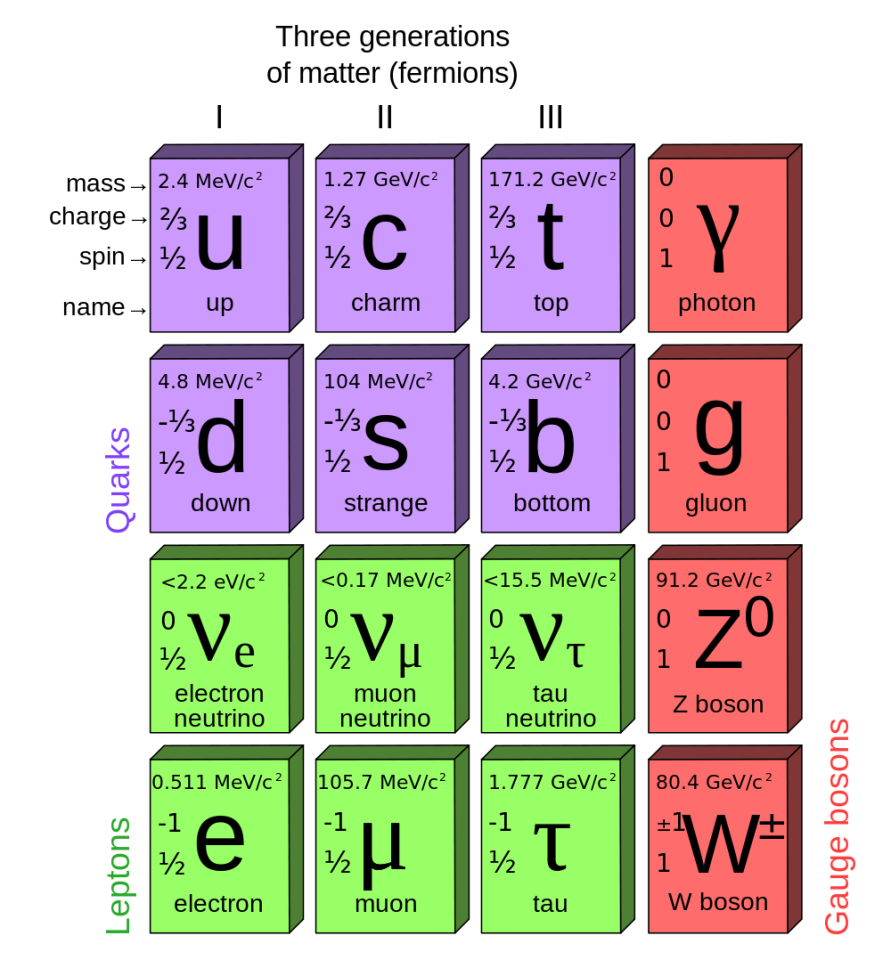In the mid-1930s, physicists thought they knew all the subatomic particles of nature – the proton, neutron, and electron of the atom. However, in 1936 the muon was discovered – a new particle having such surprising properties that Nobel laureate I.I. Rabi quipped, "who ordered that?" when informed of the discovery. Evidence that a new light boson may exist has recently been published. Such a boson is not part of the Standard Model (SM) of particle physics. If its existence is confirmed, physicists will confront another "who ordered that?" moment.
The unexpected new light boson, named the E(38) boson for now, is awaiting additional independent verification at present. If so verified, it was discovered at the Nuclotron superconducting particle accelerator at the Joint Institute for Nuclear Research in Dubna, near Moscow. The E(38) appears to have a mass of about 2.5 percent of a proton (38 MeV vs 938 MeV) – lighter than any elementary particle other than neutrinos or electron/positrons. This energy range has been investigated in countless experiments over at least six decades, with few if any previous hints of the existence of a light particle.
The suggestion has been made that the E(38) may not couple electromagnetically. If the E(38) were a stable particle it would be a prime candidate for making up part or all of the cosmological dark matter. However, the E(38) boson is unstable, with a extremely short half-life, so the identity of dark matter is still one of nature's well-kept secrets.

There are an enormous number of particles predicted by the SM – so far with considerable accuracy. There are also a host of composite particles containing two or three quarks. However, within the SM the lightest boson heavier than the electron (0.511 MeV energy) is a pion having a mass of 135 MeV. Further, there appears no source within the SM from whence a new boson with a mass of 38 MeV might appear.
A true physicist is more excited by evidence that cherished ideas are to some degree wrong than by evidence that reconfirms them. Therefore, should the observation and confirmation of the E(38) boson stand the test of time, a search for how to expand or correct the Standard Model will quickly be the research topic du jour in the particle physics community. However, the particle is not yet well enough established to begin risking careers for its sake. The world of science will be waiting for a sign that helps decide which way to jump.
Source: ArXiv






